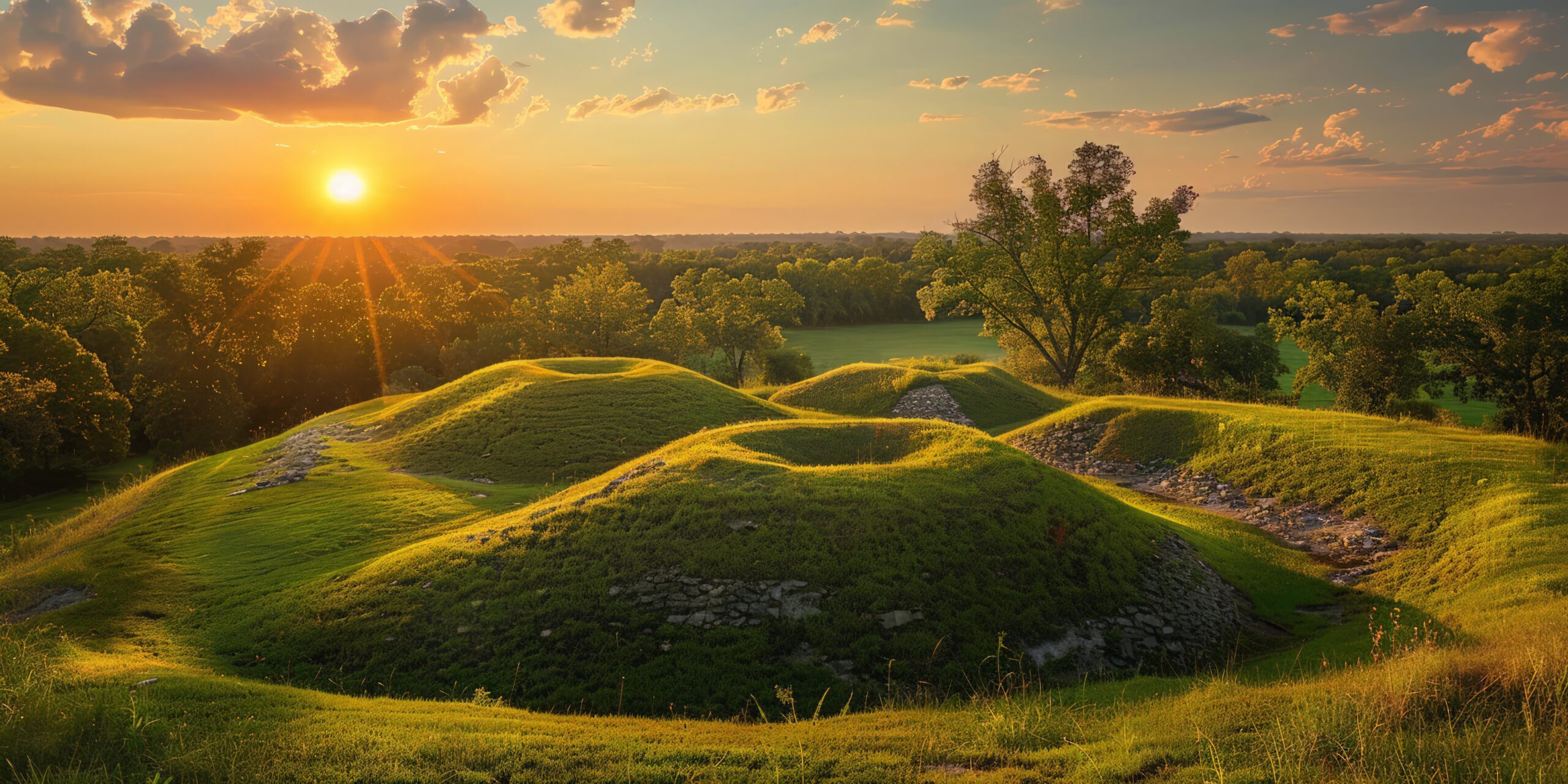The first day of winter in the Northern Hemisphere is marked by the winter solstice, which occurs on Thursday, December 21, 2023, at 10:27 P.M. EST. The celestial event marks the shortest day and the longest night of the year.

The Winter Solstice results from the Earth’s axial tilt, as the Northern Hemisphere leans farthest away from the sun during this period. This astronomical phenomenon heralds the official start of winter, bringing with it the longest night of the year. The solstice also brings the promise of longer days ahead, as daylight gradually extends in the following months.
For centuries societies have marked the Winter Solstice with festivals and rituals. With ancient observatories devoted to the event, people have long used the solstice as an opportunity to celebrate the triumph of light over darkness, to symbolize rebirth and renewal, as the sun begins its journey back toward the zenith of its power.

Around the world there are still many unique customs that honor the Winter Solstice, including the Scandinavian festival of Jul which has some rituals that are more familiar than you might expect. Known to us as Yule, the 12-day festival has given birth to many of our most beloved Christmas traditions including the Christmas tree, the Yule log and the Christmas wreath.
The Winter Solstice has always served as a poignant reminder to pause and appreciate the cycles of time as another year draws to a close. It’s a time that allows us to remember and reflect, to embrace the longest night and to welcome the promise of brighter days ahead.





















